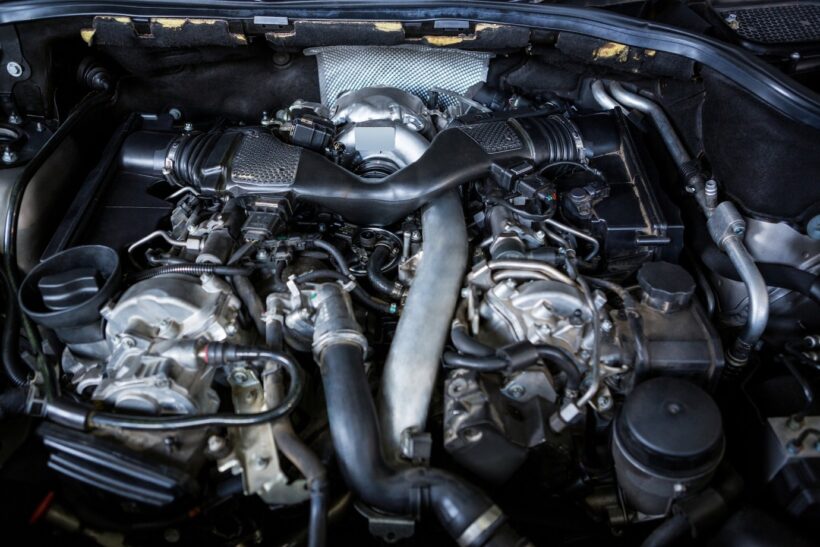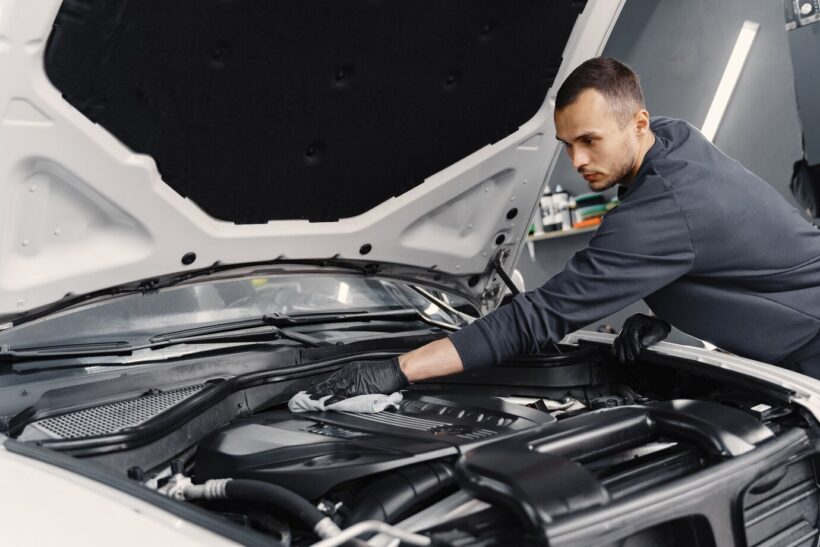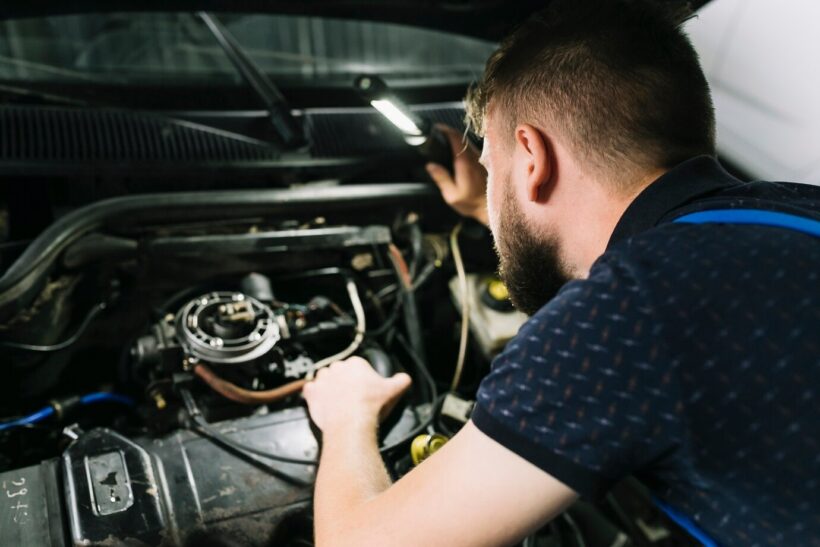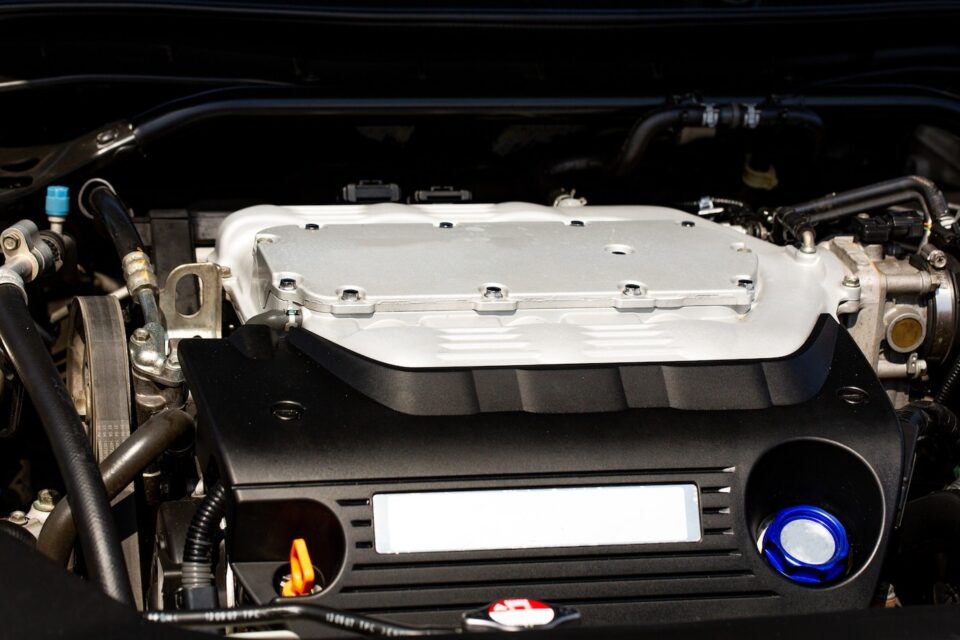Noticing a reduction in your car’s performance or experiencing unexpected overheating? These could be common signs your intercooler needs cleaning. A clogged or dirty intercooler can significantly impact the efficiency of your vehicle, leading to lower power output and potentially more serious engine issues if not addressed promptly.
Keeping an eye out for specific symptoms like unusual smoke emissions or a noticeable loss in power can help you determine when it’s time to clean your intercooler. Regular maintenance and cleaning are essential, especially for high-performance vehicles. For Dodge Ram owners, investing in a quality Cummins intercooler boots kit can prevent frequent replacements and improve overall efficiency.
In this step-by-step guide, you’ll learn how to identify the signs that indicate your intercooler needs cleaning and follow detailed instructions to get the job done effectively. From spotting buildups to ensuring proper airflow, maintaining your intercooler is crucial for optimal performance and longevity.
Key Takeaways
- Clogged intercoolers reduce vehicle performance.
- Regularly checking for maintenance signs is essential.
- A thorough cleaning can prevent further issues.
Identifying Issues and Maintenance Signs

Regular maintenance of your intercooler ensures optimal performance and prevents major problems. There are a few common signs, recognizing of which on time may save your time and money, like inefficiency, physical damage, or reduced performance.
Here’s what to look for:
Assessing Intercooler Performance
The first thing that is crucial to monitor, is your vehicle’s intercooler performance. Signs of poor performance include frequent engine overheating and loss of power under load. It’s essential to check the air conditioning system as well, since a clogged intercooler can affect the refrigerant level and compressor efficiency.
It is also important to regularly inspect for dirt, dust, and oil buildup on the intercooler fins. A blocked intercooler reduces airflow and cooling efficiency. Pay attention to any unusual sounds or vibrations while the vehicle is running. These may indicate underlying issues with airflow or form-related inconsistencies.
Recognizing Efficiency Loss
Efficiency loss in an intercooler often presents as a noticeable decline in engine power and response. The engine may feel sluggish, particularly during acceleration. This could be due to excessive heat, indicating blockages or restrictions in airflow.
An increase in fuel consumption is another red flag that should be paid attention to. If your vehicle starts consuming more fuel without any changes in driving habits, that means the intercooler may not be working properly and might be compromised. It’s important to check for leaks or clogs, which disrupt normal air-to-fuel ratio and cooling capacity.
Detecting Physical Damage
Physical inspection for damage is critical. Any minor damage to your vehicle can negatively affect its proper functioning. Look for dents, cracks, or bent fins on the intercooler surface. These physical damages can severely impede airflow and cooling effectiveness.
Inspect all hoses and connections for integrity. Leaks in these areas can lead to significant efficiency losses and potential compressor failures. Also, verify if there’s any oil seepage around the intercooler, which might indicate internal damage or degraded seals.
Being vigilant about these aspects can prevent extensive repairs and maintain your vehicle’s performance. Regular checks and timely maintenance safeguard against major issues and extend the lifespan of your intercooler.
Step by Step Cleaning Guide

Cleaning your intercooler ensures optimized vehicle performance and longevity. The process involves careful preparation, thorough disassembly, precise cleaning, and secure reassembly. Regular maintenance of the intercooler helps prevent potential issues and ensures reliable performance under various driving conditions.
Preparation and Safety
Start by ensuring the car is parked on level ground and the engine is off. Allow the engine to cool to prevent burns. Gather necessary tools including gloves, safety glasses, and a set of wrenches.
Disconnect the battery to avoid any electrical hazards. This step is crucial for safety. Wearing protective gear is important as you will handle various car components, potentially dealing with residual refrigerant or oil.
Lastly, prepare a workspace with adequate lighting and ventilation.
Disassembly and Inspection
Open the hood and locate the intercooler, typically found near the air conditioner system’s condenser and evaporator. Carefully remove the screws or bolts securing the intercooler and any surrounding components, such as the blower motor assembly, which might be in the way.
Once disassembled, inspect the intercooler for visible signs of damage or clogging. Check for oil buildup, debris, or damage to the fins. Identifying these issues early can help determine whether a simple cleaning will suffice or if any parts, like a furnace filter, need replacement.
Cleaning Process
Use a soft brush or a can of compressed air to remove loose debris from the intercooler fins. Avoid using high-pressure air directly on the fins to prevent bending them.
Prepare a solution of water and mild detergent. Submerge the intercooler in the solution, allowing it to soak for a few minutes to loosen any stuck-on grime. Use a soft brush to gently scrub the fins and the interior.
For stubborn debris, using a specialized intercooler cleaner might be necessary. Ensure all detergent and cleaner residues are thoroughly rinsed off with clean water before proceeding.
Reassembly and Testing

After cleaning, allow the intercooler to air dry completely. Inspect once more to ensure all debris is removed. Reassemble all parts in reverse order of the disassembly, ensuring all screws, bolts, and connections are secure.
Reconnect the battery and start the engine. Let it run for a few minutes and check for any leaks or abnormal sounds.
Test drive the vehicle to ensure all systems, including the air conditioner and blower motor, are functioning correctly. Monitor the intercooler’s performance and check the refrigerant levels if the AC system was disturbed during cleaning.
Conclusion
Regular maintenance of the intercooler is essential for ensuring the vehicle’s optimal engine performance. Recognizing common signs, such as reduced power and increased temperatures, etc. helps in identifying when cleaning is needed. Following a step-by-step guide ensures the process is done correctly and efficiently. Properly maintaining the intercooler will enhance longevity and efficiency, ensuring a smoother driving experience.

